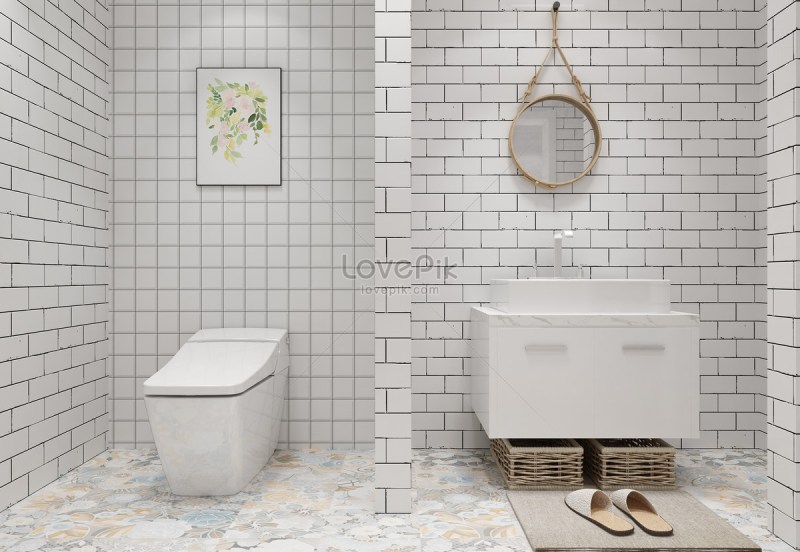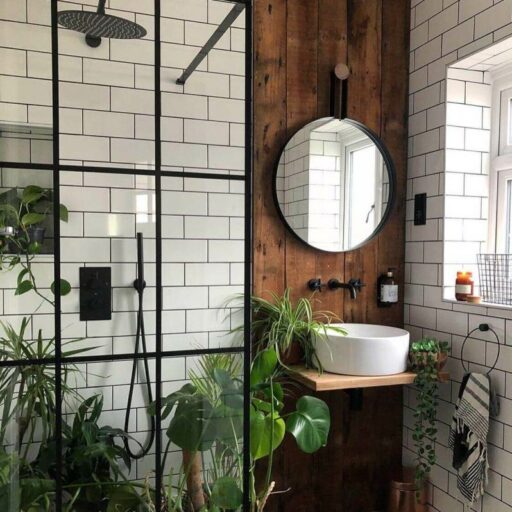Toilet Interior Diagram – In 2014, Minnesota-based design firm Otogawa-Anschel published an article titled “Everything You Wanted to Know About Toilets But Were Afraid to Ask.” In the article, the company found that people spend an average of up to 30 minutes a day on the toilet.
Little trips during the day can certainly add up! Not surprisingly, since the invention of the toilet in 1596, there have been many advances in design and efficiency.
Toilet Interior Diagram

Do you have heating, cooling or plumbing problems, but don’t have time to wait for a repairman? Need a second opinion on an existing offer?
Common Toilet Problems And How To Fix Them
We will provide you with free advice on any questions or concerns you may have. In most cases, you will get the discretion or help you need during a video call.
No, this is not about potty training! Before considering which type of toilet is best for you, you need to know whether it is a commercial toilet or a traditional toilet. You’re probably familiar with the parts you see every day, including the rim, tank, stem, and bowl. If you’ve ever lifted the lid to inspect a used toilet like most of us, you’ve probably dealt with fill and fill float valves, overflow pipes, and flush valves. The most important part of the toilet – the part responsible for transferring waste from the house to the sewer pipe – is the siphon. Fortunately, we don’t see that normally. If you’re a visual person, check out this chart.
You have no idea how many types of toilets there are. The traditional form is a two-part model consisting of a tank and a bowl sealed together. The advantage of this is that it is easy to assemble and install, so many choose to do it themselves. A potential concern is that tanks can be large and complex.
The one-piece model comes with tank and bowl as one unit. This type looks more modern, elegant and does not hold dirt in the seams. In some cases, it will be more expensive than traditional models.
Parts Of A Toilet (2023 Diy Plumbing Guide)
While one and two toilets are the most popular, certain types of toilets have emerged that fit into smaller spaces and are more energy efficient, such as wall mounted and tankless toilets.
Traditional toilets use 6-8 gallons of water, the average family of four flushes about 120 gallons a day!
In response to resource wastage and rising water costs, low-flow toilets were created. Low flush works like a traditional toilet, but only uses 1.6 liters of water per flush. This means that a family of four using 120 liters of water with a traditional toilet will use around 32 liters of water per day.

Double toilets are also becoming popular. Using a lever mounted on the toilet, people can press a button to flush out 0.8 gallons for liquid waste or another button that uses 1.6 gallons for solid waste.
The Fundamentals Of Designing Hall Bathroom Layouts And Floor Plans — Tami Faulkner Design
Regardless of the type of toilet you have and how you clean it, all this toilet knowledge is of course worthless if you don’t clean and maintain it regularly. But if you need help maintaining your toilet, have problems with your toilet or are looking for a new toilet, don’t hesitate to contact Erhvervsservice.
To learn more about how toilets work or to have your toilet evaluated and repaired, book an appointment with our easy online scheduler or call 812-339-9114. We all have a toilet at home and we all want to see something. point or something about how it works? Do not worry; In this article you will learn how a toilet works, its parts and how a bathtub works.
A flush toilet is also called a flush toilet. It uses water to flush human waste from the toilet bowl through the drain pipe. Can be made to squat or sit. It is mainly associated with sewage systems, which transport waste to composting facilities, septic tanks or sewage treatment plants.
All modern toilets consist of two main parts; bowl and tank. The cistern is the lower part of the toilet to put solid and liquid waste and the other part that contains clean water is called cistern.
Interior Decoration Effect Diagram Of Toilet Picture And Hd Photos
When it comes to flushing waste, flush toilets are best because of the siphon effect. Is it possible to use household water pipes with normal pressure? Absolutely not. Domestic water pipes are not strong enough to flush and here is a toilet tank.
The tank toilet acts as a condenser. It takes about 40-60 seconds to charge between wipes. But just by squeezing the handle, the water in the tank is thrown all the way into the bowl in three seconds.
Now you have a complete understanding of the components of a wash tank. Next, you wonder how the toilet works. Continue reading.

When you remove the cover from the toilet tank and check inside, you will see different parts. Although they look different, they are together.
Guide To Parts Of A Toilet With Diagrams
Let’s examine three systems separately to unlock the secrets of how toilets work;
The toilet flushing mechanism depends on the type of toilet water system you have. When you press the toilet handle, it raises the chain attached to it. The chain then opens the valve and activates the flush valve, which allows water to flow into the bowel to flush waste from the toilet bowl through the drain hole.
If you want to learn more about how toilet flush valves work, watch the online documentary Corky Toilet Repair.
The valve is usually a round rubber washer that is attached to the bottom of the overflow pipe. This allows the water to drain from the tank and enter the intestines when you flush. Keep the water in the tank until you operate the flash lever.
Toilet Detail Drawing :: Behance
When you press the handle, a lift cable connected to the rod handle raises the edge of the lid, allowing the water to flow out of the tank and into the bowl.
When the tank is empty, the ball floats down. This activates the filler cap to turn on the water. As a result, the tank is filled through the filling tube to prepare for the next flush. The rod closes the drain hole and shuts off the water from the pot.
When the tank is filled with water, the float ball or valve cover rises to the set level and prevents water from flowing into the tank.

If there is a clogged fill valve or a loose float ball, additional water is directed to the bowl through the overflow pipe, preventing your bathroom from flooding.
Interior Bathroom Combined Toilet Stock Vector Images
One of the most important parts of the toilet is the toilet bowl. Where you ask? This is because you can remove everything in the bathroom, including the toilet tank, and still use the toilet. The toilet bowl can solve all the problems that the bathroom needs to solve. It has a simple but beautiful design that allows you to easily dispose of waste using a siphon.
When you examine the side of the bowl, you will see a U-shaped section that attaches to the bowl and then extends directly to the floor. This part of the toilet is known as a siphon. Flush the contents of the toilet down the drain.
A siphon is a bent tube with one end lower than the other which creates a vacuum and moves liquid upwards from one reservoir to another. After the liquid is lowered into the reservoir, gravity will cause it to rise in a U-shape and then fall down the pipe.
The trick with the siphon is that because the water is sticky, when it starts to run through the U-shape, it creates a vacuum that pulls the rest of the water down the drain pipe.
Isometric Concept Of Bathroom Interior Design With Bath, Shower Mirror And Towels, Toilet, Bidet, Vector Illustration Stock Vector
Now that you know all the parts of a toilet and how they work, here is a complete mechanical overview of how a toilet works;
If you have read this article, I can guarantee that you know how a toilet works and its parts. Is there anything the article didn’t mention about how toilets work? If so, feel free to post a comment in the comment box below.
Jennifer Kiminza – Jennifer Kiminza is a content writer and content marketing professional at Hub Spot, an inbound marketing and sales platform that helps businesses attract visitors, convert leads and close customers. Previously, Jennifer worked as a marketing manager for a technology software startup. He graduated with honors from the University of Nairobi with a dual degree in Business Administration and Creative Writing. Stefan Gheorghe is the founder and CEO of the company. In 2008, he launched the platform due to his passion for interior design and interior design.

To
Bathroom With Separate Toilet Opened Into Large Bathroom
Toilet parts diagram, toilet plumbing parts diagram, camper toilet parts diagram, kohler toilet parts diagram, jabsco marine toilet diagram, toto toilet parts diagram, rv toilet diagram, toilet fill valve diagram, toilet installation diagram, toilet repair parts diagram, toilet tank parts diagram, toilet interior

